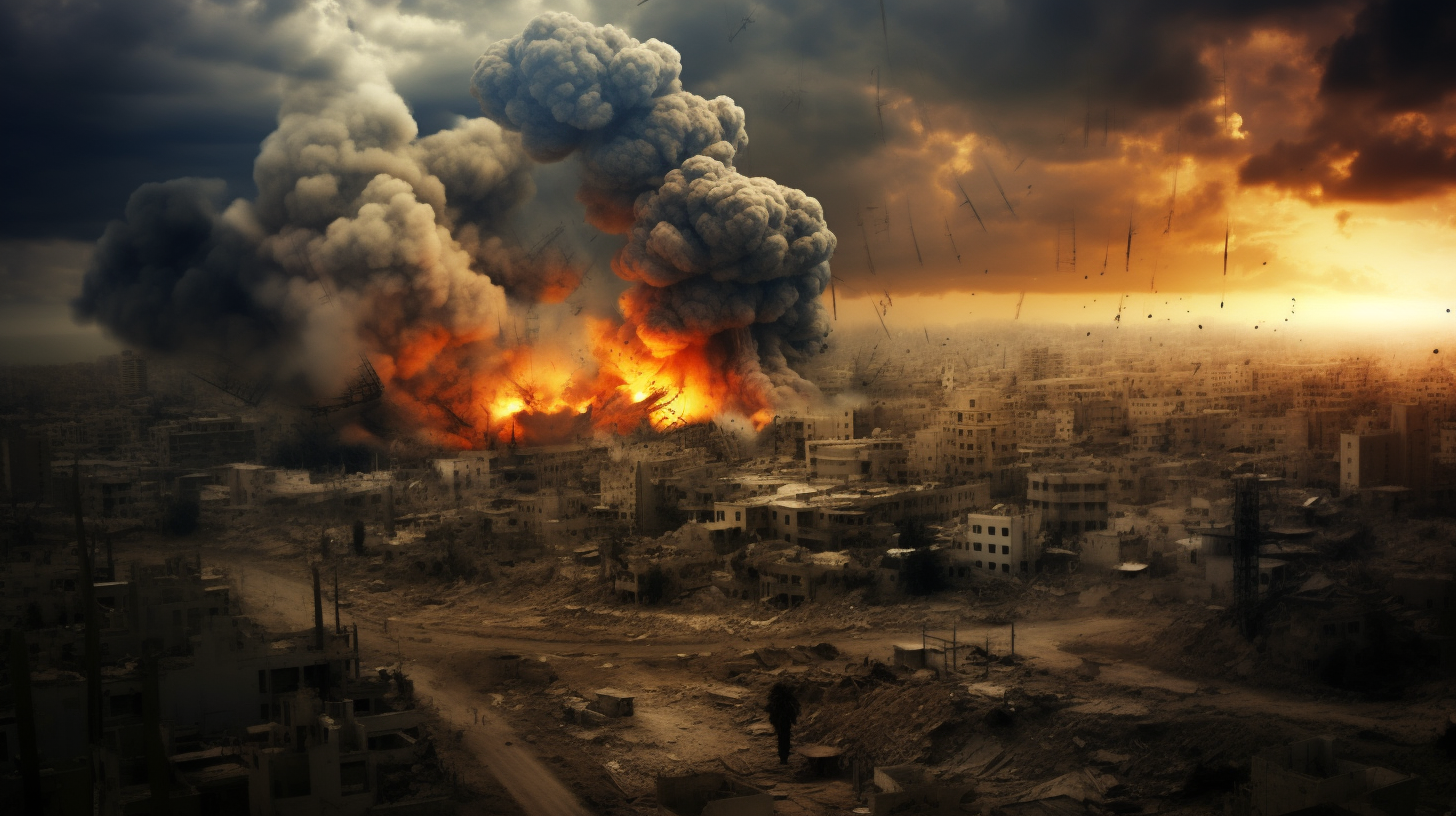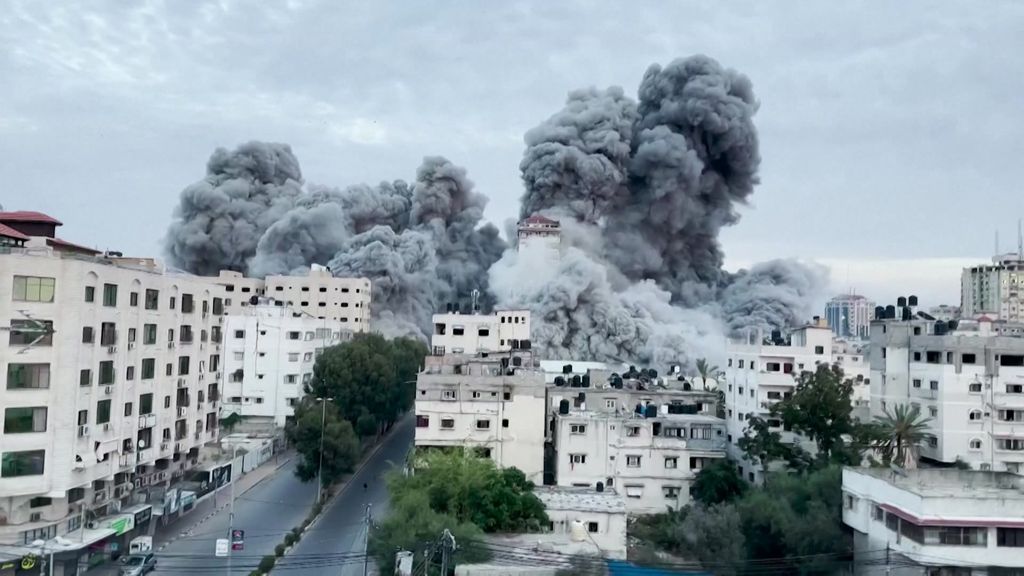The ongoing fighting between Israel and Hamas risks causing substantial disruptions to the global oil market, threatening to send crude prices to unprecedented levels according to a new warning from the World Bank.
In a worst-case scenario where the conflict escalates and key oil producing nations impose embargos, oil prices could surge as high as $157 per barrel. That would far surpass the previous record of $147 set in 2008 and have dramatic ripple effects across industries.
The World Bank laid out various scenarios in its latest commodity outlook report. In a “large disruption” comparable to the 1973 Arab oil embargo, global supplies could drop by 6 to 8 million barrels per day. This massive shortage of oil on the international market would cause prices to jump by 56-75%, catapulting prices up to the $140 to $157 range.
The crisis in 1973 quadrupled oil prices after Arab producers like Saudi Arabia and Iraq imposed an export ban on nations supporting Israel in the Yom Kippur War. While neither Israel nor Hamas are major oil exporters themselves, provoking producers in the surrounding region poses a major risk.
Surging crude prices would directly impact consumers at the gas pump. Each $10 rise in the cost of a barrel of crude translates to about a 25 cent increase in gas prices according to analysts. That means if oil hit $150, gas could surge above $4 per gallon nationally, far exceeding the recent highs earlier this year. Areas like California would likely see prices cross $5 or even $6 per gallon.
High fuel costs not only hurt commuters but drive up expenses for the transportation industry. Airlines would be forced to raise ticket prices to cover the inflated expense of jet fuel. Trucking and freight companies would also pass on the costs through higher shipping rates, feeding inflation throughout the economy.
Plastics and chemical manufacturers dependent on petrochemical feedstocks would see margins squeezed as oil prices stay elevated. Other goods with significant transportation expenses embedded in their supply chains would also see prices increased.
The pain would not be limited to oil-reliant sectors. As consumers are forced to spend more on transportation and energy needs, discretionary income gets reduced. This results in lower spending at retailers, restaurants and entertainment venues. Tourism also declines as pricier gas dissuades vacations and trips.
In essence, persistently high oil prices threaten to stall the economy by depressing spending, raising inflation and input costs across many industries all at once. While the US is now a net exporter of crude and refined fuels, it remains exposed to global price movements shaped by international events.
The World Bank warned that an escalation of the Israel-Hamas tensions could create a dual supply shock when combined with reduced oil and gas exports from Russia. Global markets are still reeling from the loss of Russian energy supplies due to Western sanctions and bans.
Prior to Russia’s invasion of Ukraine, investment bank Goldman Sachs had predicted oil could reach $100 per barrel this year. The fighting has already caused prices to spike above $120 at points, showing how geopolitical instability in one region can roil prices worldwide.
The grim scenarios described by the World Bank underscore the interconnectedness binding energy markets across the globe. An event thousands of miles away increasing instability in the Middle East could end up costing American consumers, businesses, and the economy dearly.
While the baseline forecast calls for prices to moderate over the next year, an expansion of the Israel-Hamas conflict could upend those predictions. Investors, businesses, and policymakers must watch the situation closely to prepare for the economic impacts of further turmoil.
All parties involved must also be cognizant of how violence that disrupts oil production and trade risks global fallout. Diplomatic solutions take on new urgency to prevent a worst-case scenario that would inflict widespread hardship as oil races past $150 per barrel into uncharted territory.

